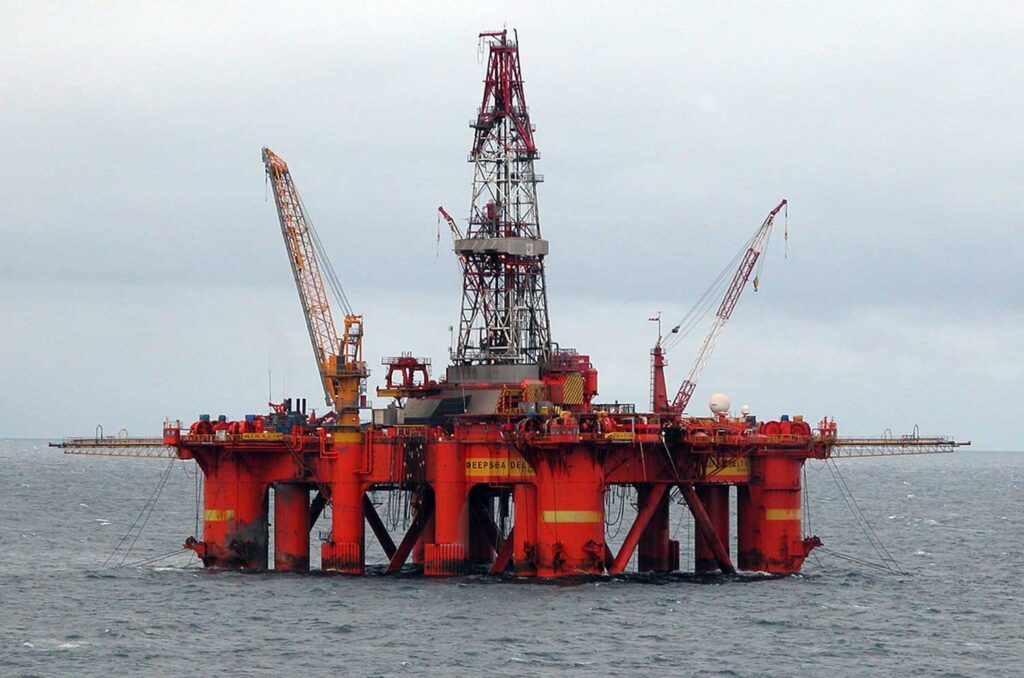
The oil and gas industry is an essential and multi-million dollar global industry, with a number of countries and companies relying on the oil and gas trade to power a number of other important markets and technologies. Being such an important component of the global economic machine, the oil and gas industry is also susceptible to fluctuations in prices that have wider effects on the economy as a whole. But what are the contributing factors to these fluctuations? Read on to find out more.
Decisions from OPEC
The Organization of the Petroleum Exporting Countries is an intergovernmental consortium of 13 countries- Algeria, Angola, Equatorial Guinea, Gabon, Iran, Iraq, Kuwait, Libya, Nigeria, the Republic of the Congo, Saudi Arabia, the United Arab Emirates and Venezuela- founded in 1960 to “coordinate and unify the petroleum policies of its member countries and ensure the stabilization of oil markets, in order to secure an efficient, economic and regular supply of petroleum to consumers, a steady income to producers, and a fair return on capital for those investing in the petroleum industry.”
According to data from 2018 OPEC controls around 80% of the world’s “proven” oil reserves and around 44% of global oil production, and although demand for OPEC oil has fallen to 30-year lows in the second quarter of 2020 the consortium still exerts a great deal of influence over oil and gas prices. This influence can be detrimental as well as beneficial for the member countries, as well as the rest of the world; while OPEC’s production cuts in the Middle East drove the price of oil to record heights in the early 2000s, its refusal to cut production in 2014 contributed to a significant tumble in oil and gas prices as part of a wider oil glut.
Current events
Being a globally important industry, the oil and gas sector is heavily influenced by shifts in the socio-political landscape. Current events can have a massive impact on oil prices, causing them to fluctuate.
In June and July 2019, a number of oil tankers in the Strait of Hormuz were attacked. These attacks caused oil prices to rise, as the strait is a strategically important choke point for the world’s oil and gas industry.
Another way that current events can impact oil and gas prices is through environmental groups directly opposing oil and gas operations. Examples of environmentalist action against oil and gas companies include the opposition to Norwegian energy company Equinor’s plans in the Great Australian Bight, which likely contributed to the company’s decision to abandon its plans in the Bight in 2020, as well as Greenpeace’s direct action against Arctic drilling in April 2019, which saw the group climb the West Hercules rig offshore Norway.
Industrial action is also not uncommon in the oil and gas sector, and strikes have become more frequent in the industry in recent years. As oil prices are directly related to oil production, strikes on offshore oil and gas platforms can cause significant fluctuations in oil and gas prices.
Political upheavals that happen outside of the oil and gas industry can have an impact on oil prices, affecting where, when and how oil and gas companies can conduct their operations. These include things like Brexit, but can also be changes in political power structures- for example, the Biden administration has very different attitudes to the oil and gas industry than the Trump administration, and this will likely cause significant fluctuations in oil prices over the next few years.
In recent months the Covid-19 global pandemic has also had a substantial effect on oil and gas prices, with prices crashing as production shut down across the world. In fact, in April 2020 the May futures for West Texas crude oil dropped below zero at -$37.63 a barrel, as a direct result of supply being substantially greater than demand in these unprecedented times.
Disasters, natural or manmade
Offshore oil and gas operations are a remote and risky business, and there are a number of dangers that could impact drilling sites and affect oil prices as a result.
Being such remote offshore sites, oil and gas rigs are particularly susceptible to natural disasters, which have the potential to dramatically increase oil and gas prices for an extended period of time. For example, when Hurricane Katrina struck the southern U.S. in 2005, affecting almost 20% of the U.S. oil supply, the price per barrel of oil rose by $13.
In July 2019, many offshore oil and gas operators in the Gulf of Mexico had to evacuate their rigs and platforms as Tropical Storm Barry entered the gulf. Personnel from 283 production platforms and 10 rigs in the Gulf of Mexico were evacuated, which represented 42.3% of the 669 manned platforms and 47.6% of the 21 rigs in the gulf. The storm entering the Gulf of Mexico caused oil prices to increase significantly, with Brent futures rising by 3.39% to $66.7 a barrel and West Texas Intermediate futures rising by 3.31% to $60.19 a barrel.
Of course, it’s not just natural disasters that affect oil prices and offshore operations, and the risky nature of offshore oil and gas operations has resulted in a number of manmade disasters that impact oil prices. The Montara oil spill in 2009 is an example of a disaster that caused massive fluctuations in oil prices, as class action lawsuits and deals caused the financial landscape of the industry to go through a number of large shifts.
By far the biggest manmade disaster in recent memory is the Deepwater Horizon oil spill, better known as the “BP oil spill.” The explosion at the BP-owned Deepwater Horizon drilling rig offshore Mexico in 2010 killed 11 men and injured several others. The resulting oil spill is considered to be the largest in the history of the petroleum industry, releasing an estimated 4.9 million barrels of oil into the Gulf of Mexico.

